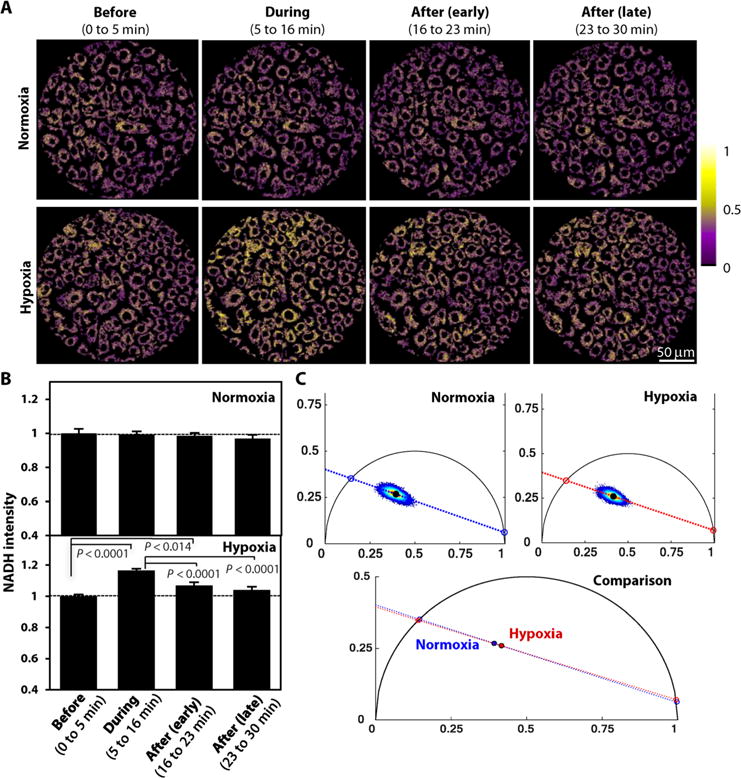Fig. 2. Cultured keratinocytes exhibit dynamic changes in NADH TPEF intensity upon exposure to hypoxia.

(A) Representative scaled NADH TPEF intensity images from primary neonatal human epidermal keratinocytes (NHEKs) exposed to either normoxia or before, during, and after (early and late) hypoxia induction. Image heat map reflects varying TPEF intensities. (B) Comparisons of means ± SEM NADH intensity values for the NHEKs under normoxia or hypoxia. The presented values are acquired from five independent normoxia and four independent hypoxia experiments. At least three images were captured within each experimental phase during each experiment. The mean value in each phase is normalized for each group by its respective “before” intensity. P values indicated in the figure were calculated by a mixed-model ANOVA with post hoc Bonferroni correction. (C) Phasor distributions of the fluorescence lifetime distributions acquired from NHEKs under normoxia or hypoxia (n = 3 independent wells for each treatment). Red dashed lines depict linear fits to the phasor distributions, with respective centroids indicated by black filled circles.
